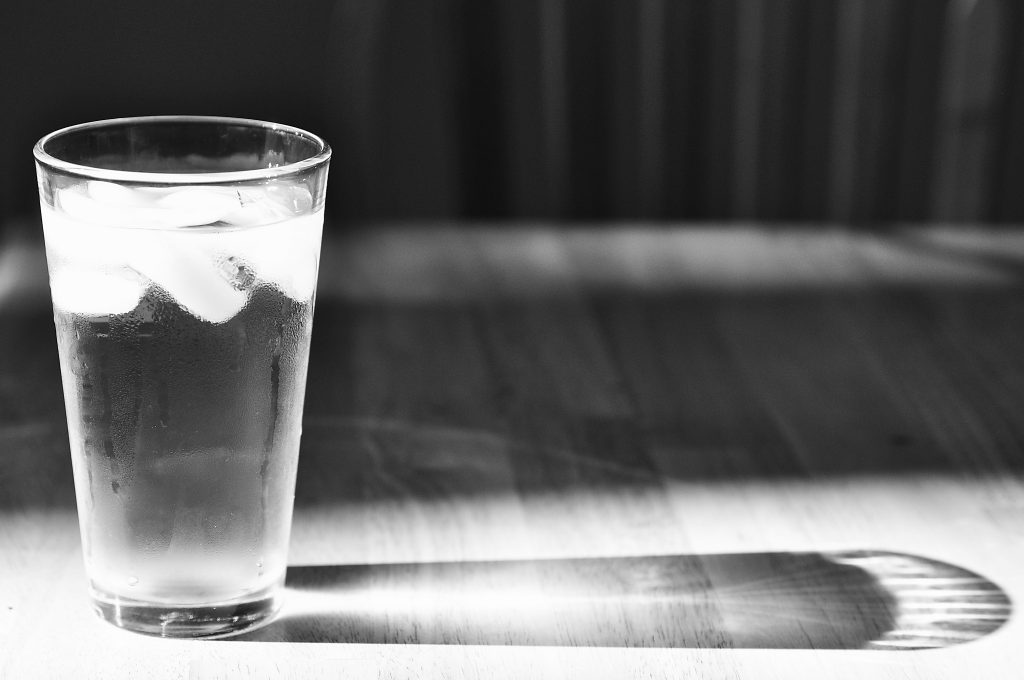Private wells are typically are typically a reliable and safe source of essential drinking water for many households; but they can also become contaminated with harmful bacteria such as E. coli.
E. coli (Escherichia coli) contamination in private wells can occur due to various factors, often related to the presence of fecal matter from humans or animals. These wells provide drinking water to homes, and if contaminated, can pose serious health risks.
Here are some common causes and reasons for E. coli contamination in private wells:
1. Inadequate well construction: Improperly constructed or maintained wells may allow surface water, contaminated with E. coli, to seep into the well. Factors such as improper casing, poor seals, or insufficient depth can contribute to contamination.
2. Agricultural activities: Runoff from agricultural fields, especially those using manure or livestock waste as fertilizers, can contaminate nearby wells if not managed properly. E. coli from animal waste can enter the groundwater and migrate into nearby private wells.
3. Septic system failure: Malfunctioning septic systems or those located too close to a well can leak E. coli-contaminated waste into the surrounding soil and groundwater. The contaminants can then migrate to nearby wells.
4. Flooding and heavy rainfall: Natural events like flooding or heavy rainfall can cause surface water contaminated with E. coli to enter the well directly or infiltrate the groundwater. Wells in flood-prone areas are particularly susceptible to contamination.
5. Wildlife and domestic animals: Fecal matter from wildlife or domestic animals, such as pets or livestock, can contaminate surface water or soil near a well. This can lead to E. coli entering the well, especially if the well is not adequately protected or sealed.
6. Human activities: Contamination can also occur from activities such as improper disposal of human waste, unauthorized dumping, or inadequate sanitation practices. These activities can introduce E. coli into the environment, which can then reach private wells.
Preventing E. coli contamination in private wells involves proper well construction and maintenance, effective septic system management, responsible agricultural practices, and awareness of potential contamination sources. Regular water testing can help identify and address contamination issues promptly, ensuring the safety of drinking water for home use.
As a homeowner, you can take steps to ensure the safety of their drinking water through in-home water treatment systems; and Chicago Water Pros can help!
Combining proper well construction and maintenance with our proven and tested water treatment solutions can effectively minimize the risk of E. coli contamination. Some of the in-home water treatment options we offer include:
1. Ultraviolet (UV) filtration: UV filtration systems use ultraviolet light to disinfect water by inactivating harmful microorganisms, including E. coli. The UV light disrupts the DNA of the bacteria, rendering them unable to reproduce or cause illness. This treatment method is chemical-free, environmentally friendly, and highly effective against various pathogens. Installing a UV filtration system at the point of entry to the home ensures that the entire water supply is disinfected.
2. Chemical injection systems: These systems inject chemicals like chlorine or hydrogen peroxide into the water supply to eliminate harmful bacteria such as E. coli. Chlorine is a commonly used disinfectant, but some homeowners may prefer hydrogen peroxide due to its ability to break down into water and oxygen, leaving no residual chemicals. Chemical injection systems require regular monitoring and maintenance to ensure the correct dosage and effectiveness of the treatment.
3. Filtration and sedimentation: While not directly targeting E. coli, sediment filters and activated carbon filters can help improve overall water quality by removing particles, sediment, and organic compounds. This can reduce the likelihood of E. coli finding a suitable environment for growth. These filters can be installed at the point of entry or at specific points of use within the home, such as under the sink.
4. Reverse osmosis (RO) systems: RO systems use a semi-permeable membrane to remove contaminants, including bacteria, from water. While RO systems are effective at removing many contaminants, they may not be sufficient as a standalone solution for E. coli removal. Combining an RO system with a UV filtration system can provide comprehensive protection against various waterborne pathogens.
5. Regular water testing and monitoring: Regularly testing your water supply for E. coli and other contaminants can help identify potential problems before they become serious. This allows you to address issues promptly, ensuring the safety and effectiveness of your in-home water treatment systems.
By integrating these in-home water treatment solutions with proper well construction and maintenance, homeowners can significantly reduce the risk of E. coli contamination and protect their families from waterborne illnesses.
Contact Chicago Water Pros today for a free, no hassle consultation on steps you can take to protect your family and yourself to ensure the highest quality of drinking and cooking water for your home!

